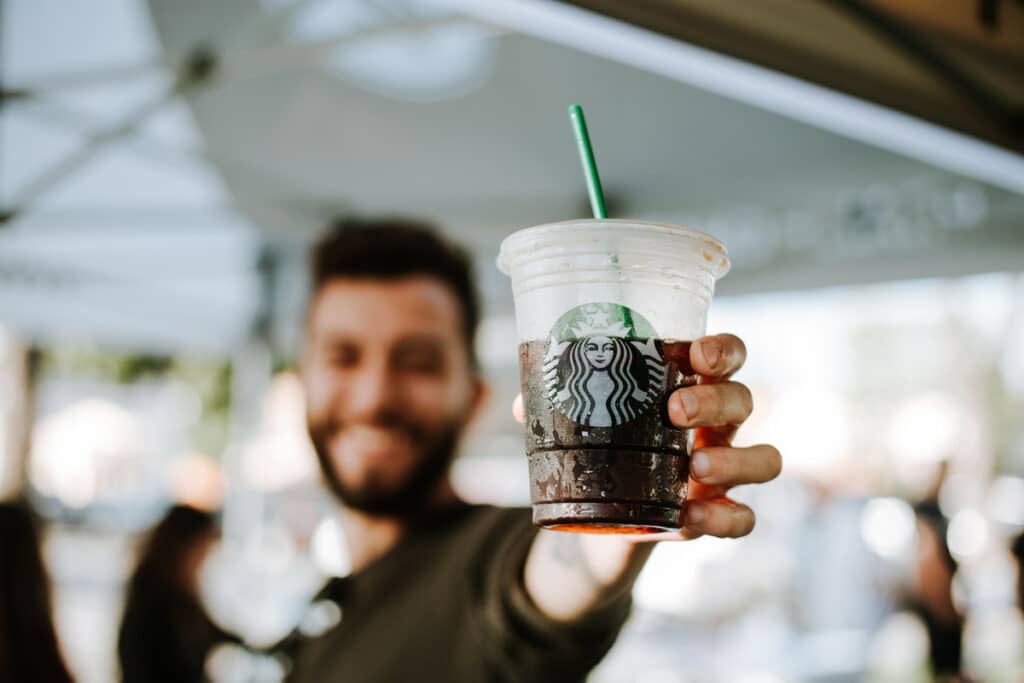
Starbucks is arguably the world’s most popular coffee shop. With more than 32,000 locations in 80 countries, it is safe to say that the Seattle-based company has become a global phenomenon.
If you’re sipping on a cup from them right now, you might be wondering why is Starbucks coffee so expensive? And it’s a valid question! After all, a simple cup of coffee should not cost so much.
Well, today we are going to take a look at the top 10 reasons why Starbucks coffee is on the pricier side.
Why Is Starbucks So Expensive? The Top 10 Reasons
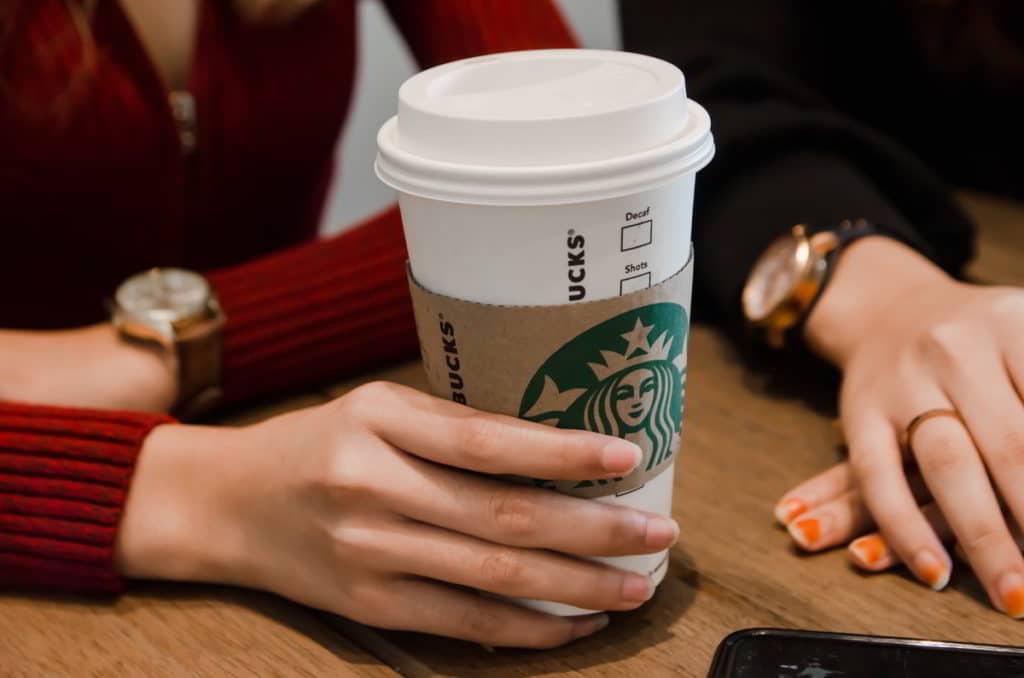
Starbucks is arguably the world’s most popular coffee shop. With more than 32,000 locations in 80 countries, it is safe to say that the Seattle-based company has become a global phenomenon.
1. You’re Not Buying Coffee, You’re Buying Comfort
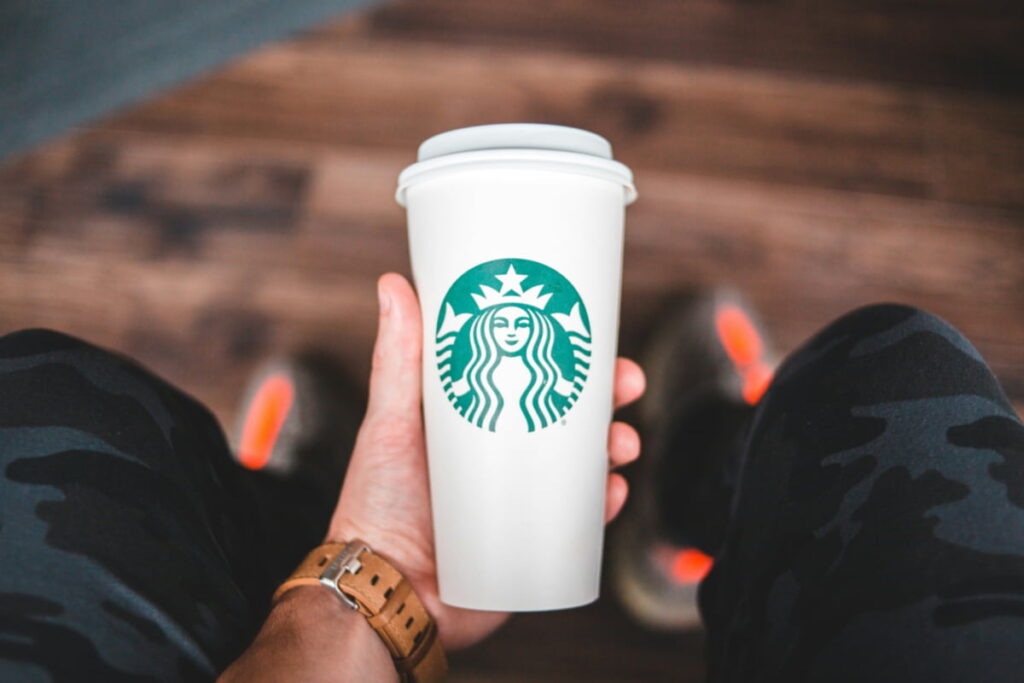
Let’s be real, Starbucks isn’t just coffee. It’s comfort in a cup.
We don’t just go for caffeine; we go for the ritual. The familiar smell, the hum of the espresso machine, that moment of calm before the day kicks in.
Former Starbucks president Howard Behar put it best:
“We’re not in the coffee business serving people. We’re in the people business serving coffee.”
And it works. According to the company, Starbucks has more than 75 million active Rewards members globally.
You’re not paying for a latte, you’re paying for familiarity, consistency, and comfort that feels worth it.
2. Premium Ingredients (and Global Sourcing)
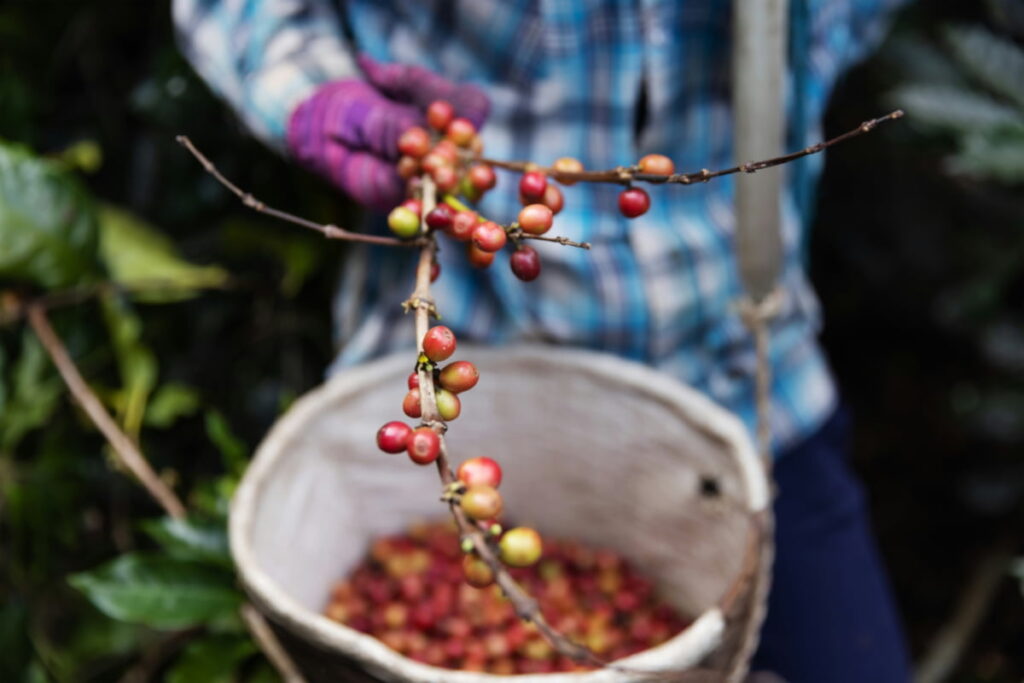
It’s easy to roll your eyes at $6 coffee, until you realize how much goes into every cup.
Starbucks isn’t buying bargain beans. They’re one of the biggest buyers of ethically sourced Arabica coffee in the world, through the Coffee and Farmer Equity (C.A.F.E.) Practices program developed with Conservation International.
They verify hundreds of farms across more than 30 countries for fair pay and sustainability. That kind of oversight adds real cost before a single bean is roasted.
Then there’s the market itself. Coffee prices jumped 18% in 2024 after poor harvests in Brazil and Colombia, and the costs of shipping and roasting keep climbing.
So yes, your latte costs more, but it’s not just branding; it’s the price of doing coffee responsibly.
3. You’re Paying for People
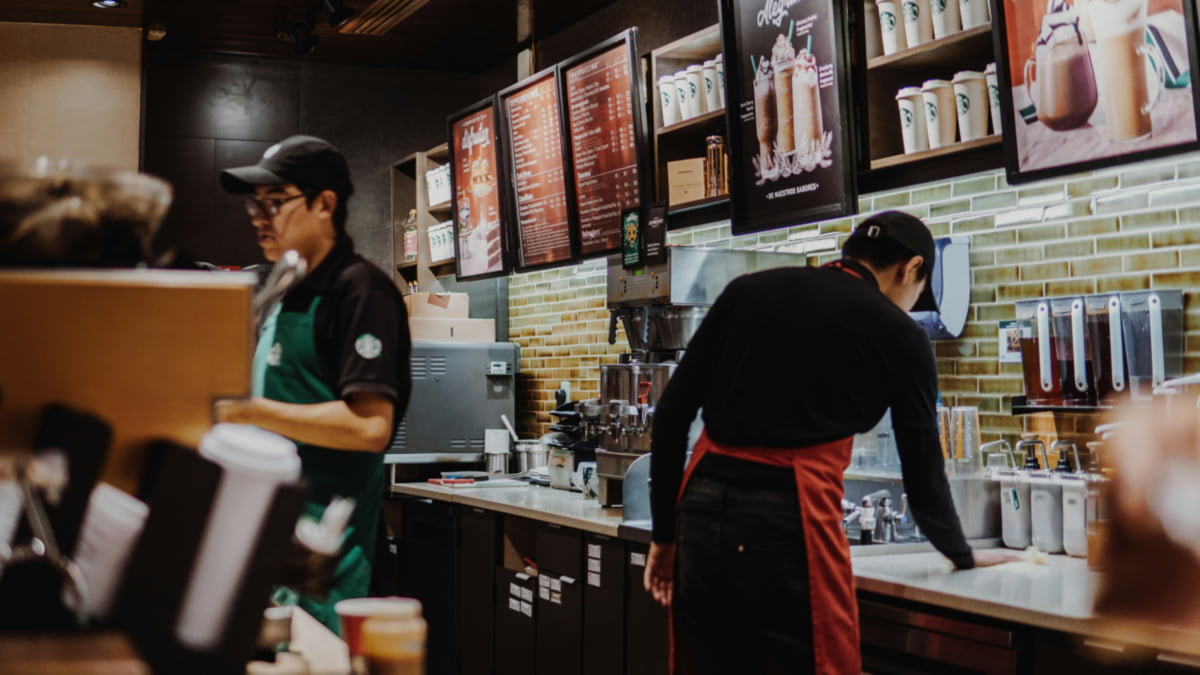
Every time you sip that latte, you’re funding something Starbucks quietly does better than most chains, treat its employees (mostly) well.
In the Fiscal 2024 Global Impact Report, Starbucks says it invests billions of dollars annually in partner (employee) benefits, covering healthcare, training, and more.
It’s not just a drink you’re buying, it’s also part of a system where the person making your coffee is paid, trained and recognized.
When you think about it, that extra dollar isn’t just profit, it’s part of the investment in people.
4. Innovation (and the Cost of Staying Cool)
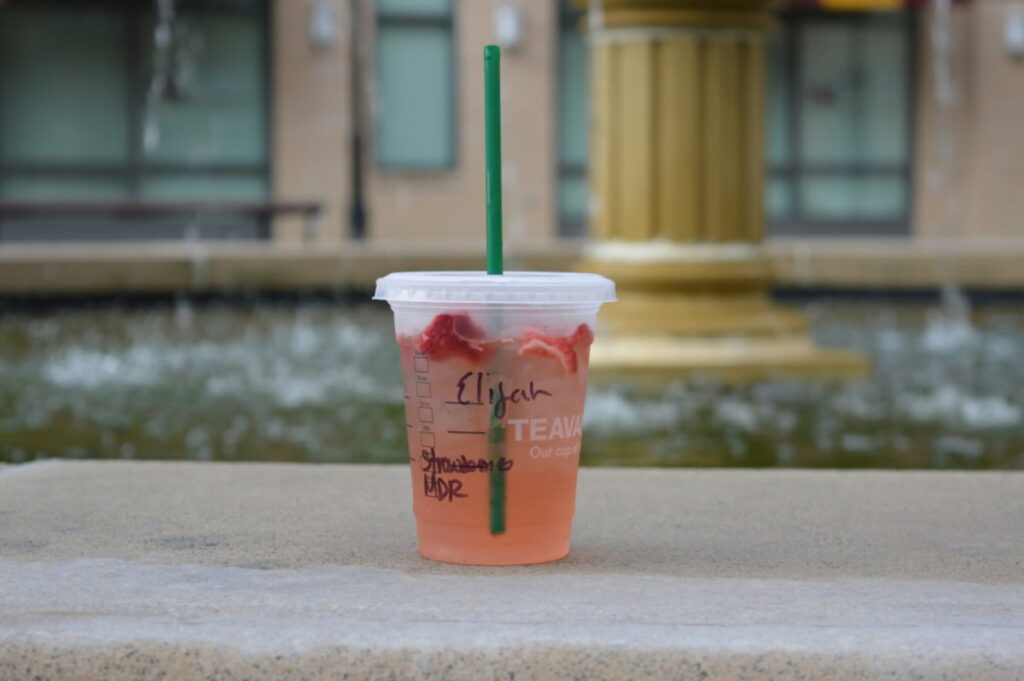
Starbucks doesn’t just sell coffee, it sells trends.
From the Pumpkin Spice Latte (the chain’s billion-dollar seasonal success) to newer experiments like Oleato, the olive oil–infused coffee line, Starbucks keeps re-inventing what coffee can be.
Each rollout involves new supply chains, marketing and risk that smaller cafés can’t match.
And then there’s sustainability: Starbucks has committed to big targets, like reducing carbon emissions and reinventing packaging .
Being “green” isn’t just branding anymore, it’s baked into the cost of doing business, and we’re paying for it.
5. Marketing and Brand Perception
Here’s the twist: Starbucks wants to be expensive.
It’s part of the psychology. Studies show consumers often link higher prices with higher quality, a concept known as the price–quality heuristic. Starbucks leans right into that. The price tag isn’t just for profit, it’s part of the brand’s identity.
A $6 latte feels like a treat because it’s meant to. You’re not just buying coffee; you’re buying the idea of something premium, consistent, and a little aspirational.
So when you’re holding that white cup with the green siren, it’s not just caffeine in your hand, it’s a signal.
6. Global Consistency Isn’t Cheap
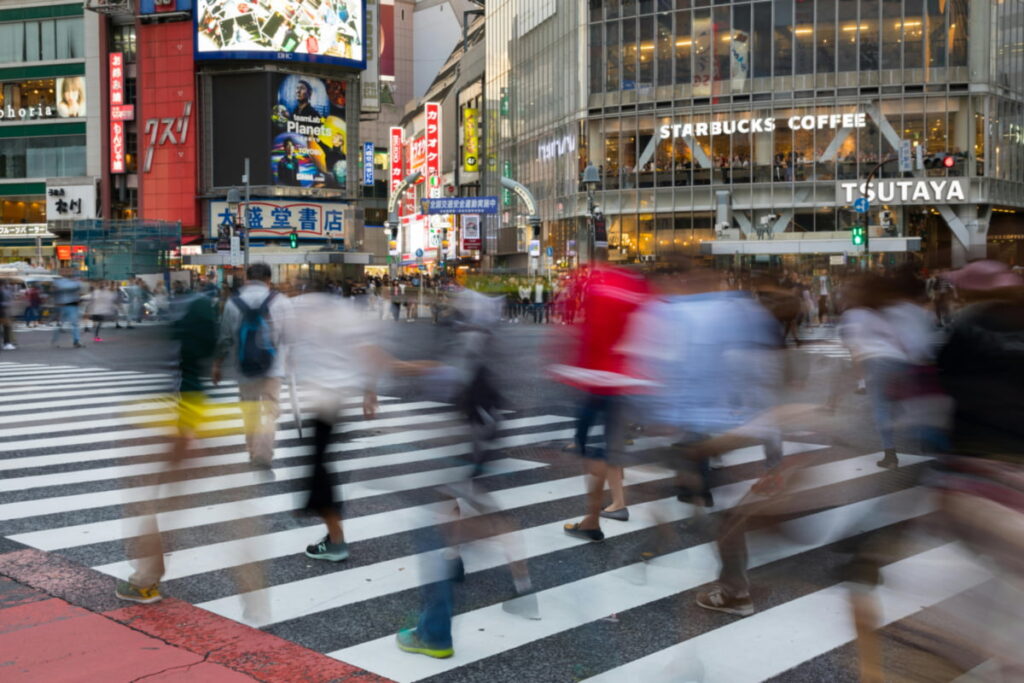
Starbucks isn’t just big, it’s predictably big.
Order a Caramel Macchiato in Tokyo or Toronto, and it’ll taste the same down to the last sip. That kind of consistency isn’t magic, it’s expensive.
Behind the scenes, Starbucks runs a global system of strict quality checks, training programs, and flavor calibration to keep every espresso shot identical. Their Coffee Innovation Park in China is one piece of that network, designed to maintain those same flavor standards worldwide.
Because making coffee taste the same everywhere isn’t luck, it’s logistics, and it costs.
7. Real Estate = Real Expense
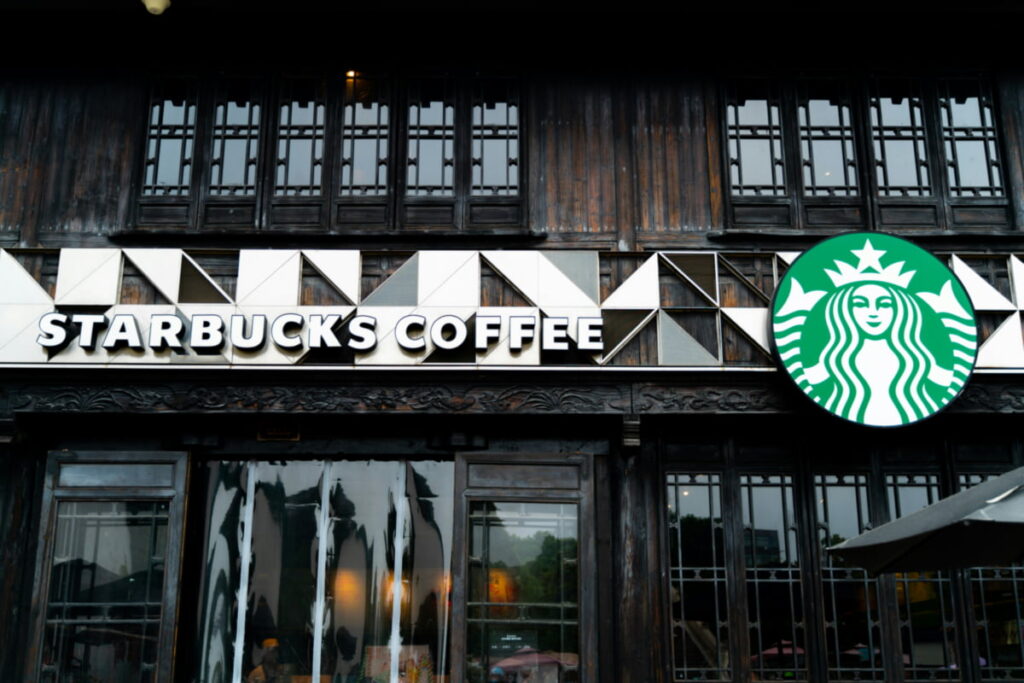
Those cozy corners and airport spots? Prime real estate.
Starbucks deliberately builds in high-traffic, high-rent locations, near offices, campuses, and travel hubs. Rent in big cities has jumped 12–18% in the last two years (Commercial Observer, 2024).
They pay those prices for visibility and convenience, and we pay for it in every cup.
8. Brand Power and the “Mermaid Effect”
That green siren is one of the most recognizable logos on Earth.
Starbucks has mastered brand psychology, the warm color tones, the friendly names, the promise of consistency. It’s a subtle luxury that feels accessible. You’re not buying a logo; you’re buying belonging.
A Morning Consult 2024 study ranked Starbucks among the top 10 most culturally influential brands in the U.S. When your brand equals comfort, you can charge for it, and people don’t mind
9.The Starbucks App Makes Expensive Feel Normal
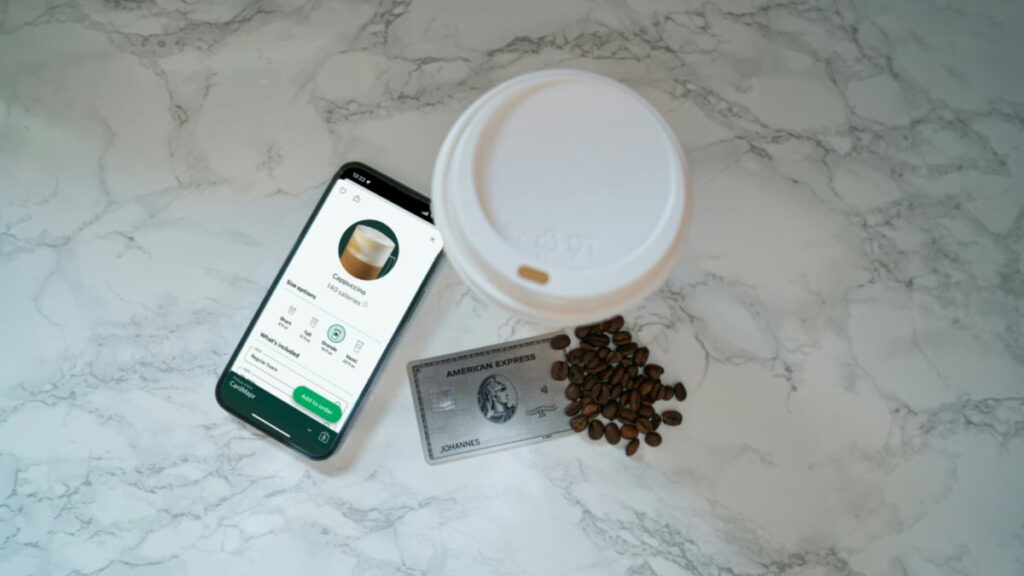
Starbucks didn’t just build an app, it built a habit.
With more than 75 million Rewards members worldwide, the app turns spending into a game. Every star you earn makes that $6 latte feel like progress, not a splurge. It’s what behavioral experts call the gamification of spending.
And since most people preload cash, Starbucks gets paid before you order, pure genius. That loyalty loop keeps customers coming back, even as prices climb.
The app doesn’t just make Starbucks convenient, it makes expensive feel okay.
10. Because It Works
At the end of the day, Starbucks is expensive because it can be.
The company has built a system where price isn’t just about coffee, it’s about experience. From the consistent Arabica beans to well-trained baristas and that perfectly familiar vibe, everything adds up to something people trust.
We don’t line up for caffeine; we line up for comfort, predictability, and a small daily luxury that feels justified.
That’s the real reason Starbucks keeps charging more, and the reason most of us keep paying for it.
Before You Go:
If you’ve ever wondered what Starbucks really does behind the counter, from seasonal drinks to pricing psychology, I’ve got more deep dives waiting in the Starbucks Hub.
Fair warning: you might never look at your latte the same way again.